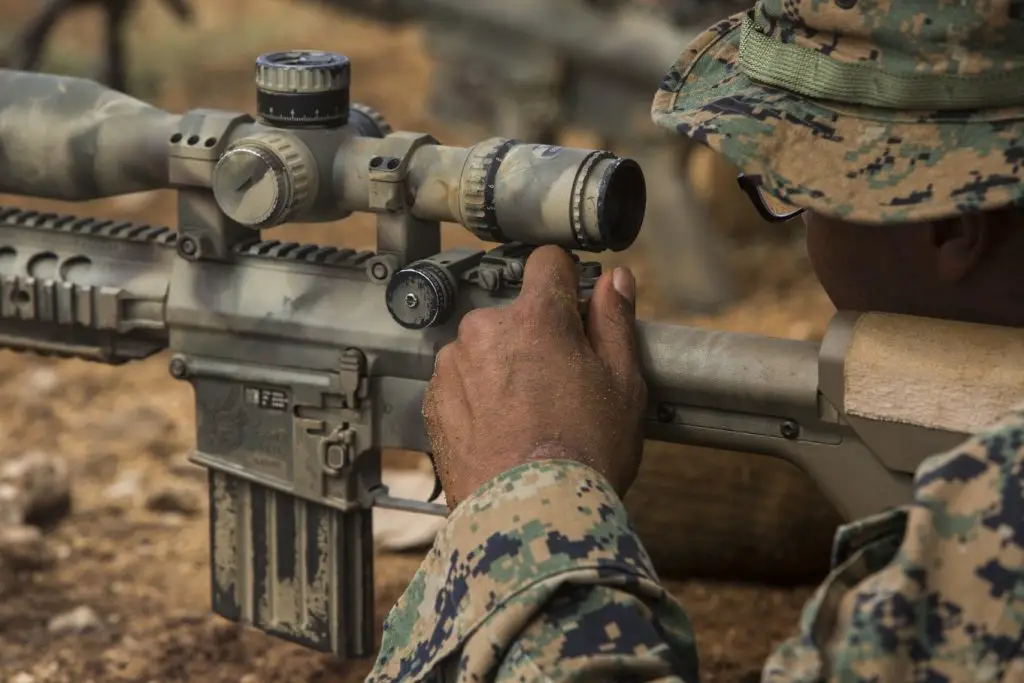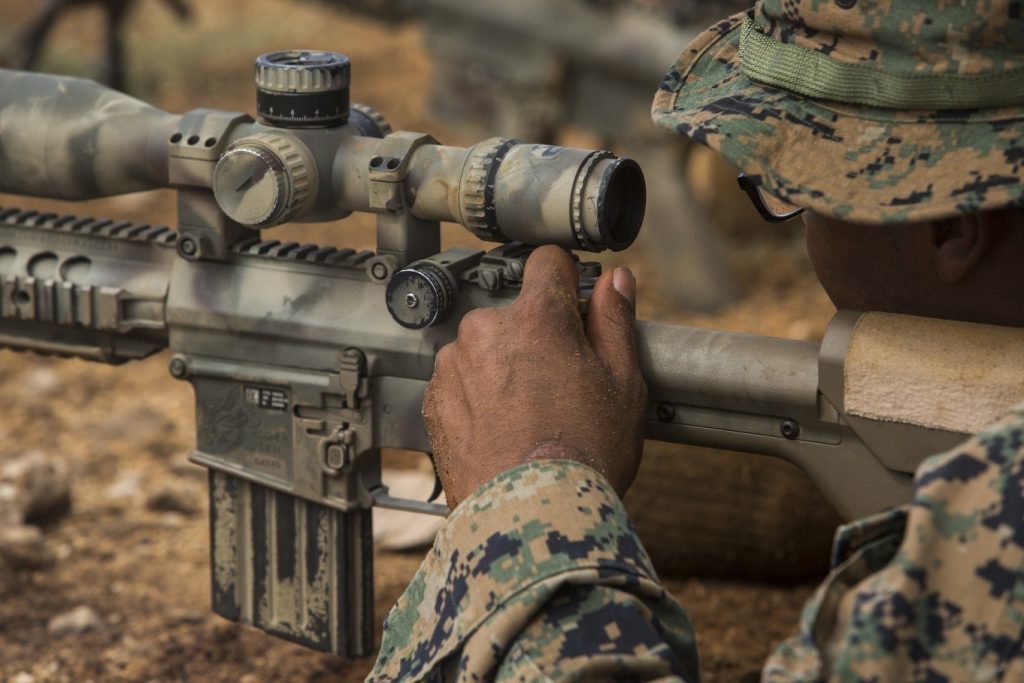
This is a Guest Post by Alex @MacroOps which was posted originally here: High Quality Trading Is Episodic, Not Continuous and is reposted here with permission.
There’s two types of market returns. Alpha and beta. Beta is what you get for diversifying and passively holding the market. Alpha is the opposite. It requires an edge, of which there are three: informational, analytical, and behavioral.
And as Ray Dalio says, “Alpha is zero sum. In order to earn more than the market return, you have to take money from somebody else.”
Harvesting alpha takes significant work because it involves separating someone else from their capital. And that someone else is trying to do the same to you. Most traders and active investors are in the game to produce alpha.
The competition among alpha players is what creates mostly efficient markets.
Once in awhile, Mr. Market throws a tantrum (or gets too excited) and a mispricing occurs. This opens up an opportunity for alpha players to profit. These opportunities often don’t last long. Other alpha players swarm to take advantage the second they detect blood in the water. Once enough catch on the market returns to an efficient state i.e. random forward returns.
Using this mental model of the game we can deduce that high quality trading is episodic, not continuous.
Trying to capture alpha continuously would be like playing every starting hand in Texas Hold’em. Expert poker players know that it’s virtually impossible to win long-term with the bottom 80% of starting hands no matter how good your post-flop play is.
In trading, it’s impossible to harvest alpha every single day. The market is highly competitive and Mr. Market rarely screws up with such high frequency.
Being a trader, you need to learn to patiently sit through long stretches of getting dealt duds. In poker we call this “sitting in Siberia.” This is when you have to sit and fold for hours and hours waiting for cards that have a positive expectation while the rest of the table has fun pushing chips into the middle. Trying to trade during these “Siberia moments” in markets is a profitless endeavor over the long haul.
Continuous trading creates subpar performance because exposure to inefficient market states get mixed in with exposure to efficient market states.
If you take the right side of the market during an inefficient state you will make money long-term. But when you initiate a trade in an efficient market your expected return is 0. And you still have to suffer through the volatility of each trade. It’s a waste of time, resources, and energy. You have to go through all of the work for no reward.
That’s why it’s important to think of trading episodically and not continuously. You don’t want to mix the good with the bad. Structure your trading similar to how a sniper goes about his business on the battlefield — a series of high impact and deadly episodic strikes.
The corollary to “high quality trading is episodic not continuous” is the rarer the market dislocation the greater the edge.
There’s a few reasons for this.
First off, an event that occurs seldomly is less understood than an event that happens frequently.
Uncertainty and confusion in the market is what creates an edge for the alpha players who are able to make sense of things.
Second, the professional quant community ignores rare events as sources of edge — which creates less competition.
Conventional quant techniques look for statistical significance. That means quants need to see lots of historical occurrence to prove that their trading methodology is legit. If there aren’t enough historical occurrences, they will write off the approach as spurious.
The ‘professional’ quant methodology guarantees that they won’t and can’t act on the highest alpha opportunities in the marketplace, leaving the lion’s share to human traders utilizing intuition and experience. Trader intuition and experience is powerful because it enables traders to identify rare alpha opportunities despite a low number of historical occurrences.
So if you’re an independent trader who
- Believes that high alpha trading is episodic not continuous
- The rarer the dislocation the more alpha
Here’s what you can do to shift your approach to produce better risk adjusted returns.
Start by weed wacking your trade “setups.”
Take the bottom 50% of your trading opportunities and cut them out. Then take the remaining trade setups and cut them by 50% again. This will align you with the philosophy of rare events (the most optimal setups) and make your trading episodic rather than continuous.
Then consider trades that make logical sense to you but don’t have many historical occurrences.
These trades will always have the fattest edge and the least amount of competition because other traders will pass them up.
Finally, expand your playing field as much as possible.
This is in line with our global macro approach at Macro Ops. Because high alpha opportunities are rare, a particular market will only generate a few quality signals a year. That puts a cap on your earning potential. The only way to make more money is to increase your discovery space. That means getting involved with other markets like currencies, rates, grains, meats, softs, volatility, crypto, energy, micro-caps and metals. Hopefully over the course of the year these markets will generate additional rare alpha opportunities that you can capitalize on.
For more posts and information about Alex @MacroOps you can check out his website Macro-Ops.com.
